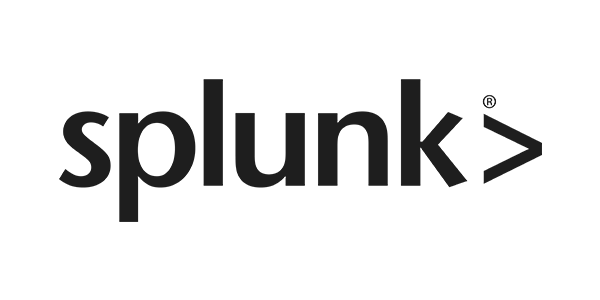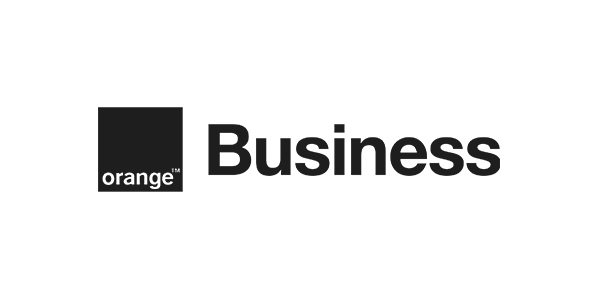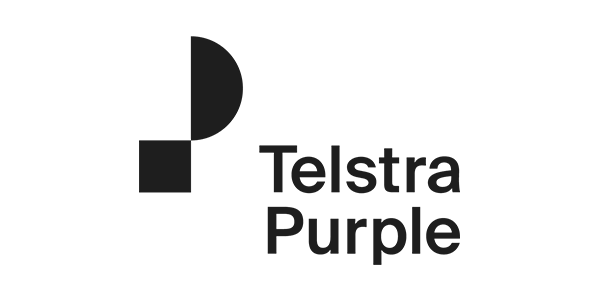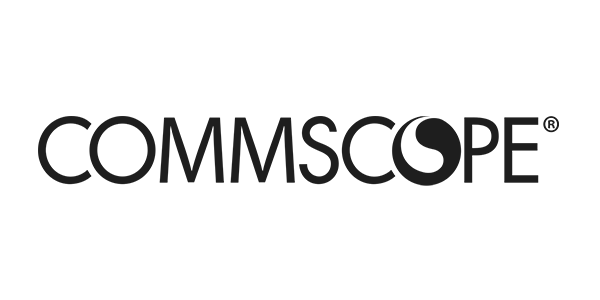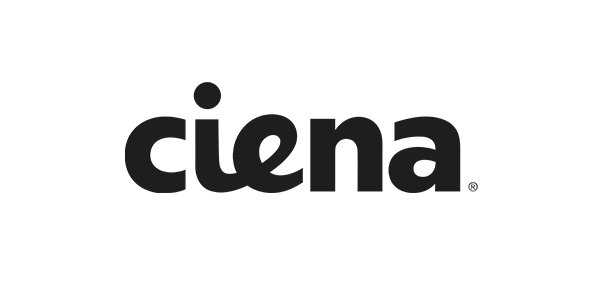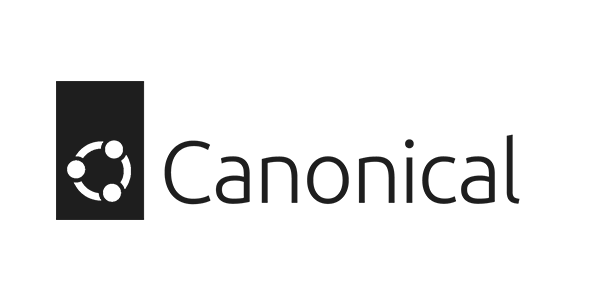LinkedIn blogging: best practices for success
Having established that an executive communications campaign is something that will add value to your marketing efforts, naturally you then want to make sure you do it right.
The Content Marketing Institute reports that 94 percent of B2B marketers regularly use LinkedIn to distribute content. At the same time, 66 percent of buyers say they have used blog posts to make B2B purchasing decisions and 96 percent say they want content with more input from industry thought leaders.
LinkedIn can clearly be a big influencer and a potent lead generator, but you will only reap those benefits with the correct profile, content and promotion.
Start with the basics
For LinkedIn Pulse blogging, starting at the beginning means getting your profile page right.
One useful tip relates to your profile photo. The LinkedIn site background is white, so don’t have your photo against a white wall or background, use a coloured background or a brick wall or something. Why? Well, people being people, your photo could be the most looked at part of your profile!
Other profile basics really emphasise simplicity. Keep your profile name simple, just use your first name and surname, don’t include degrees or other qualifications. The same applies to your public profile URL. You can change it to just your first name and surname (and a differentiator if required) after the slash, you don’t have to include the extraneous code.
Tailoring your articles
There are good rules of thumb about your actual blog content to bear in mind, too. Most successful LinkedIn Pulse blogs have a title between 40 and 49 characters long, while article length varies. Some people believe 2,000 to 2,500 words is appropriate, yet over 70 percent of featured articles on Pulse are below 1,000 words. In today’s short attention span world I tend to subscribe to the latter. Plus shorter articles are better received on Twitter and Facebook.
Referencing that short reader attention span again, keep your Pulse blogs on target; pick one defined topic and stay on it, and don’t wander off into the long grass of other subjects. LinkedIn recommends using a strong header image to accompany your article, as this is another attention-grabber.
In terms of types of articles, use a healthy mix of different-paced content. This could include interview pieces and “how-tos”, which do very well on LinkedIn Pulse and are highly shareable. So too are listicles – in fact they get more shares than any other format. Also, always remember to include a call-to-action (CTA) at the foot of each LinkedIn Pulse article you write to push readers to your website or other relevant content.
Then having written and published your article, don’t forget to promote it. If you are using Twitter, check your hashtags and include @LinkedInPulse.
Read about how Futurity Media can help you craft LinkedIn Pulse blogs to drive traffic, generate leads or raise executive profiles. And have a look at our previous blog on the importance of setting up an executive blogging program.
Author:

![Create the ideal white paper in eight weeks [infographic]](https://www.futuritymedia.com/wp-content/uploads/2020/02/Futurity-Whitepaper-Timeline-Graphic-v6-header.jpg)

![New to ABM? Follow these 5 steps to drive complex sales [UPDATED]](https://www.futuritymedia.com/wp-content/uploads/2023/04/shutterstock_1225782988.jpg)






